Description
Duplex Stainless Steel – SS 329 / S32900 / 1.4460
ne of the earliest duplex steel which is reflected in its higher permitted carbon content. Its resistance to pitting (PREN about 32) and to crevice corrosion is below that of super duplex steels, therefore use in seawater is limited. Exposure to moderate and high temperature and less rapid cooling may cause embrittlement. Accordingly, design stress values in ASME II do not extend above 260°C for S32900. Impact values are high at room temperature. However, the proportion and orientation of ferrite in welds and base material may significantly affect toughness at subzero temperatures.
| UNS S32900 Chemical Composition | |
| C(Carbon) | 0.08%Max |
| Fe(Iron) | Balance |
| Mn(Manganese) | 1.0%Max |
| Si(Silicon) | 0.75%Max |
| S(Sulphur) | 0.03%Max |
| P(Phosphorus) | 0.04%Max |
| Cr(Chromium) | 23-28% |
| Ni(Nickel) | 2.5-5.0% |
| Mo(Molybdenum) | 1.0-2.0% |
| UNS S32900 Physical Properties | |
| Density | 7800kg/m3 |
| Melting Range | 1450-1510°C |
| UNS S32900 Mechanical Properties | |
| Hardness Brinnel | 230 |
| Tensile Strength@Break | 725Mpa/10500psi Min |
| Tensile Strength@Yiel | 550Mpa/79800psi Min0.2%offset |
| Elongation@Break | 25%Min in 2″ |
Duplex Stainless Steel 329 also conforms, or is similar to EN/DIN 1.4460 and 00Cr25Ni5Mo2 / SUS 329J1 / AISI 329 / UNS S32900 / Brands SS44 / SS 2324 / Din X8CrNiMo27-5 / ASME SA268 / ASTM A268 / ASTM A511 / SS 14 2324 / SIS 14 2324 / 453S
Duplex Stainless steel 329 can be used for heat exchangers, chemical tanks, refineries, shafts (marine, etc) pressure vessel parts, flanges, fittings & pipes for the oil and gas industries and offshore technology, paper industry, compressor parts and seawater desalination plants amongst many other applications.
Machining performance
Download UNS S32900 the mechanical properties of the report, the report provides detailed performance analysis and application.
Principal Design Features
One of the most widely used precipitation hardening grades in the business. While soft and ductile in the solution annealed condition, it is capable of high properties with a single precipitation or aging treatment. Characterized by good corrosion resistance, high harness, toughness and strength.
Machinability
Long, gummy chips characterize this alloys machinability. It can be machined in the annealed condition, however condition H1150M will yield best results. Post machining solution treatment of parts will be required prior to final hardening if machining in this condition.
Heat Treatment
CONDITION A–Soak at 1900 F (1038 C) for 30 minutes and cool below 60 F (16 C) for complete martensite transformation. CONDITION H 950- Treat Condition A material at 900 F(482 C) for 1 hour, air cool.. CONDITION H925, H1025, H1075, H1100, H1150- Soak solution treated material for 4 hours at specified temperature, air cool, CONDITION H1150M- Soak solution treated material at 1400 F (760 C) for 2 hours, air cool, then re-heat to 1150 F (620 C) for 4 hours and air cool.
Welding
Successfully welded by common fusion and resistance methods, this alloy should not be joined by oxyacetylene welding. AWS E/ER630 filler metal is recommended if required.
Forging
Soak for 1 hour at 2150 F (1177 C) prior to forging. Do not work below 1850 F (1010 C). Post-work solution treatment is required prior to final hardening.

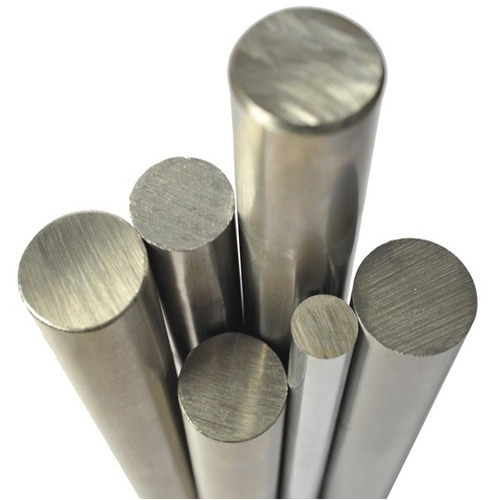
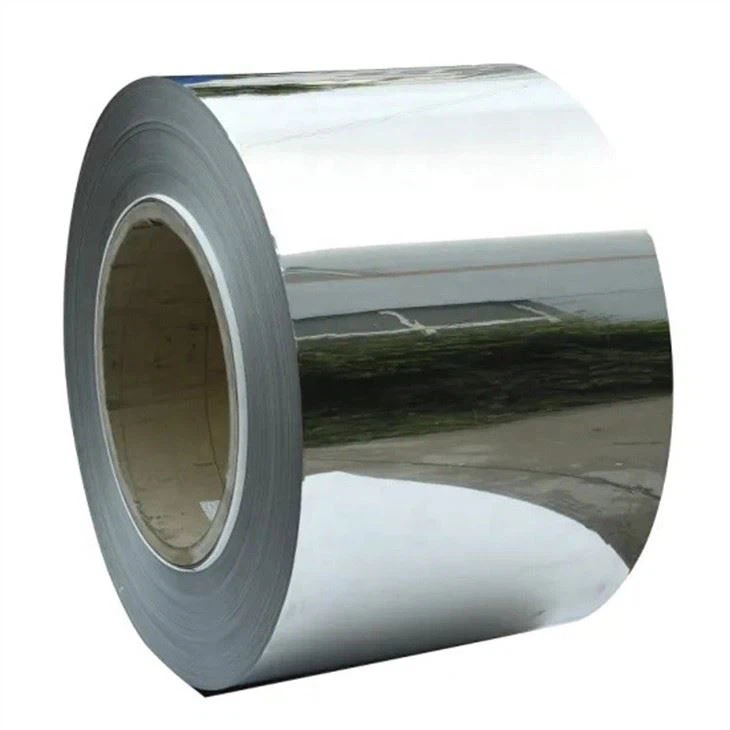
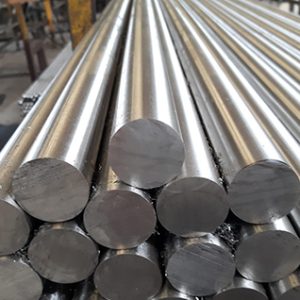
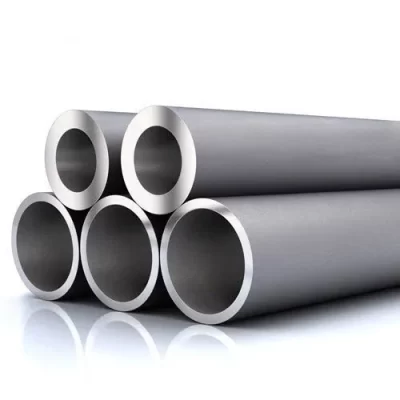
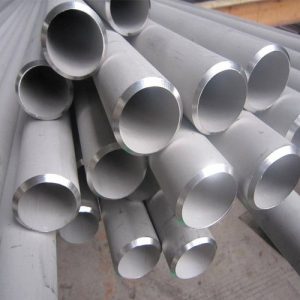
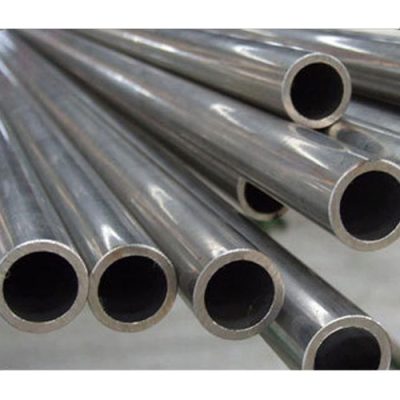
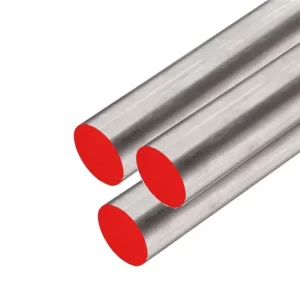
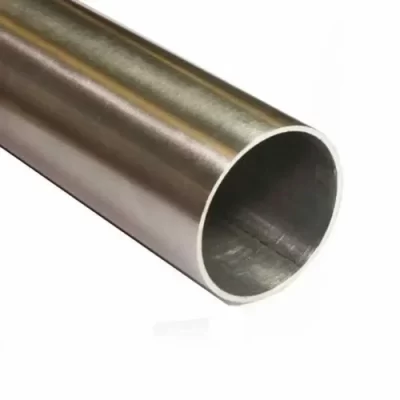
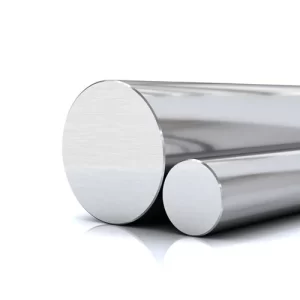
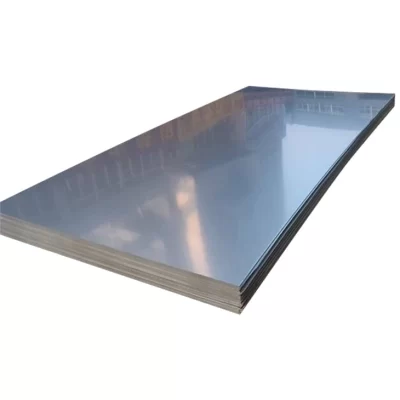
Reviews
There are no reviews yet.